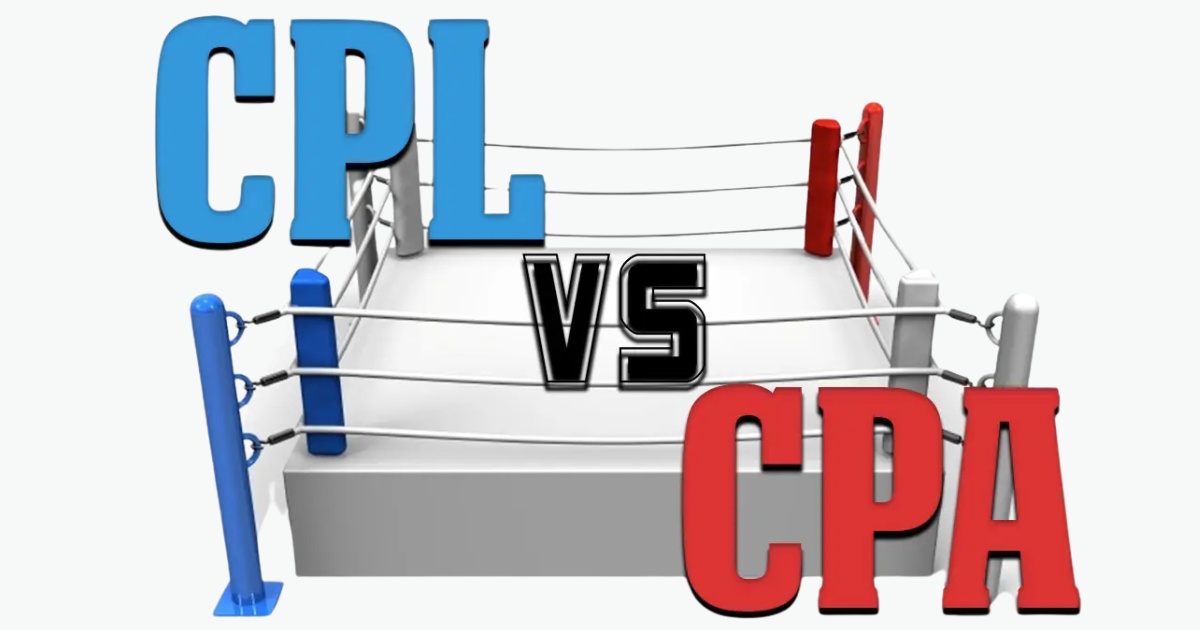In performance-based marketing, understanding the differences between Cost Per Action (CPA) and Cost Per Lead (CPL) is critical for optimizing your campaigns. These two advertising models help businesses allocate budgets effectively, measure campaign performance, and generate quality leads.
Whether you’re focusing on immediate sales or nurturing potential customers through the marketing funnel, selecting the right pricing model can significantly impact your marketing efforts.
This article will explore CPA and CPL in detail, providing actionable insights to help you make informed marketing decisions. We’ll also discuss how these models fit into broader digital marketing strategies and when to use each for maximum business growth.
What is CPA in Performance-Based Marketing?
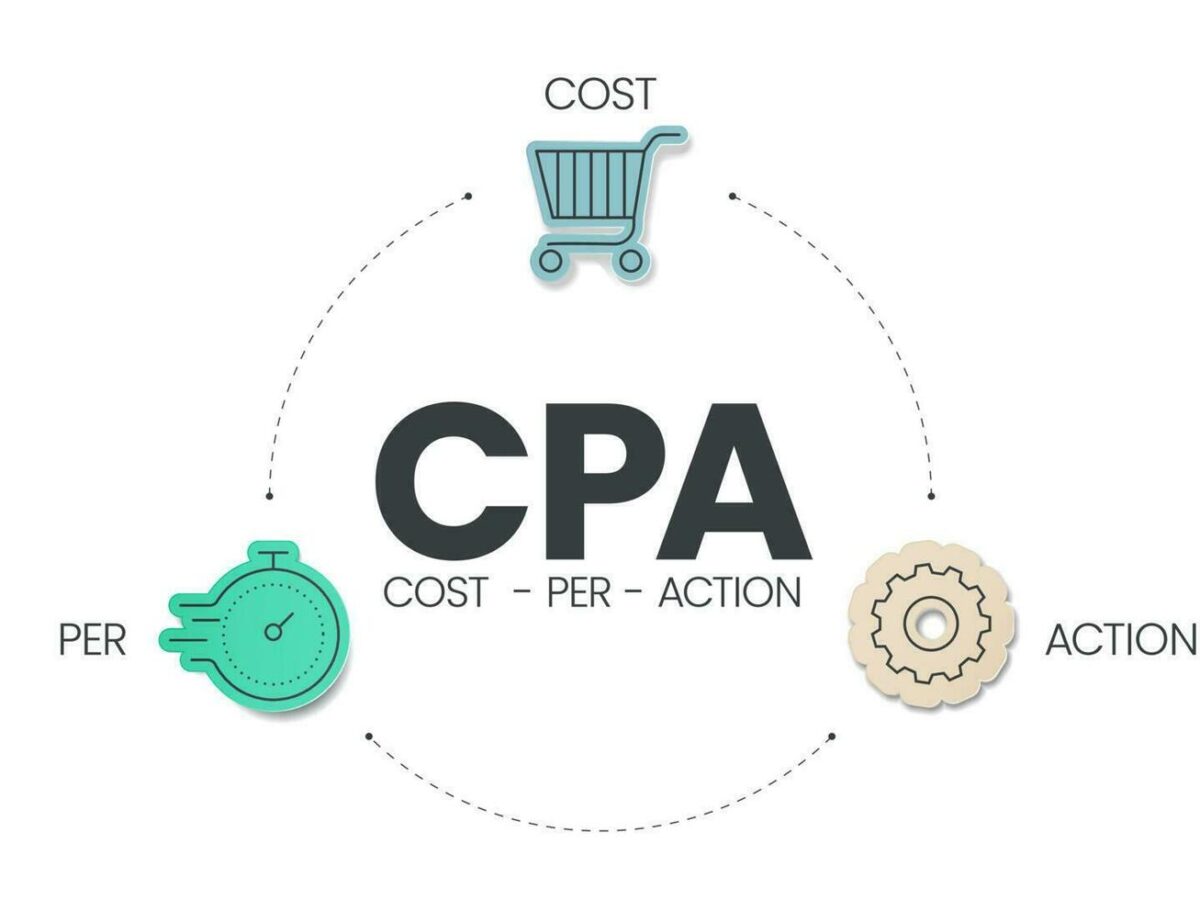
Cost Per Action (CPA) is a pricing model where the advertiser pays only when a specific action is completed. This action could be a purchase, form submission, or any other desired action that aligns with your campaign goals.
Why Should You Use Cost Per Action?
- Lower Risk: Advertisers only pay when a user completes the desired action, making it a cost-effective option.
- Higher Results: CPA campaigns often focus on actions tied directly to revenue, such as purchases or subscriptions.
- Great Way to Drive Sales: With clear goals like acquiring paying customers, CPA campaigns are ideal for immediate sales.
How to Calculate CPA?
The formula for CPA is:
CPA= Total Cost of Campaign/Number of Actions
For example, if you spend $1,000 on an ad campaign and generate 50 purchases, your CPA is $20.
How to Optimize For Cost Per Action?
- Improve Your Landing Page: A well-designed landing page improves conversion rates by offering a seamless user experience. Focus on clear calls-to-action (CTAs), fast loading times, and mobile responsiveness.
- Fine-Tune Targeted Demographics: Use data-driven insights to target audiences most likely to complete the desired action. Tools like A/B testing can help refine your approach.
- Write Effective Ad Copy: Compelling ad copy that speaks directly to your target audience can significantly increase conversions. Highlight benefits and use persuasive language tailored to your audience’s needs.
What is CPL in Performance-Based Marketing?
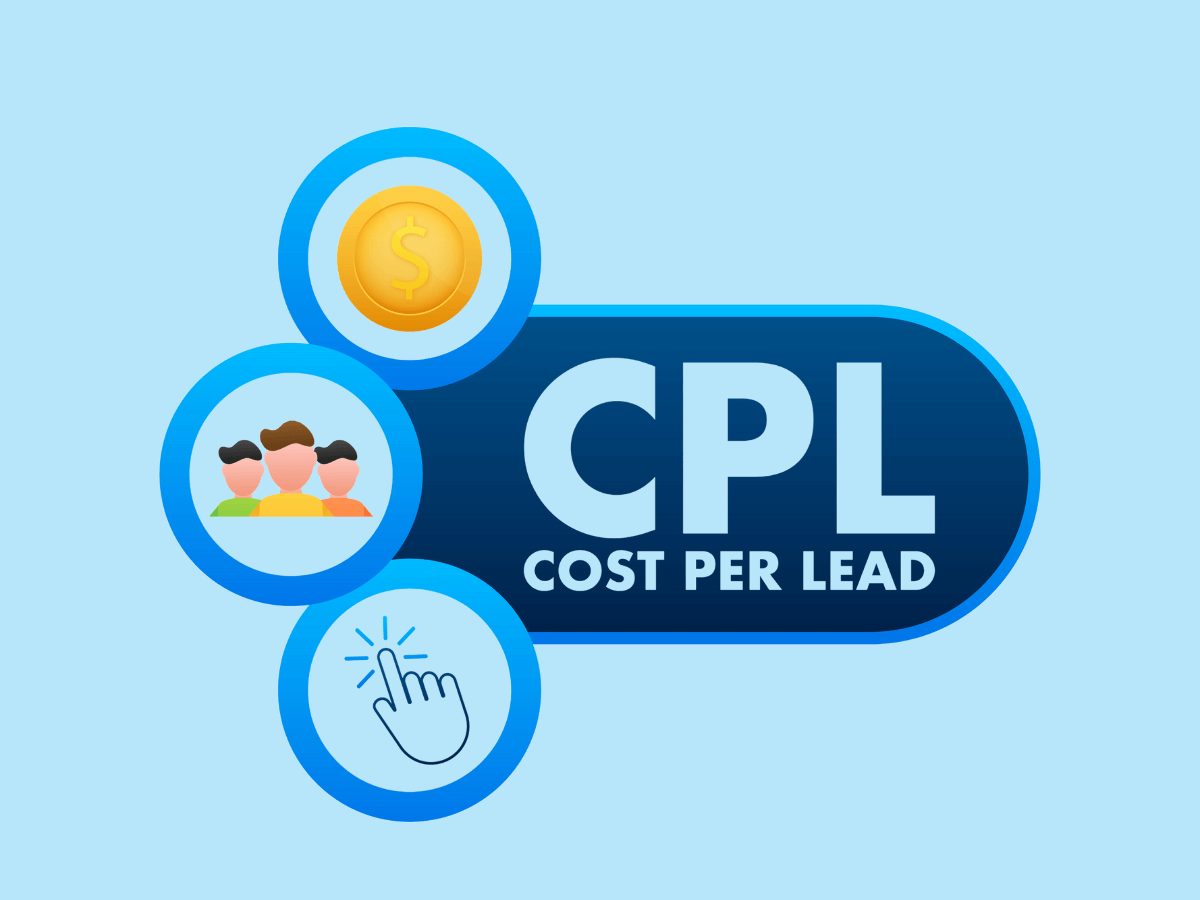
Cost Per Lead (CPL) is a pricing model where advertisers pay for each new lead generated. A lead typically provides contact information, such as an email address or phone number, indicating interest in your product or service.
When Should You Use CPL Marketing?
- Lead Generation Campaigns: CPL is ideal for businesses focused on building a pipeline of potential customers.
- Brand Awareness: It helps attract users who may not convert immediately but are interested in learning more about your offerings.
- Lower Conversion Rate Scenarios: CPL campaigns work well when nurturing leads through longer sales cycles.
How to Calculate Cost Per Lead?
The formula for CPL is:
CPL = Total Campaign Cost / Number of Leads
For instance, if you spend $500 on an ad campaign and generate 100 leads, your CPL is $5.
The Two Types of CPL Ads
- Single Opt-In Or SOI Ads: SOI ads require users to submit their contact information without additional verification. While they generate leads quickly, the quality of leads may vary.
- Double Opt-In Or DOI Ads: DOI ads involve an additional step where users confirm their interest via email or another method. This approach ensures higher-quality leads but may result in fewer overall leads.
How to Optimize Cost Per Lead?
- Target Based On Behavior: Use behavioral data to identify high-intent users. For example, retargeting users who visit specific pages on your website can yield better results.
- Optimize Your Website For Conversions: Ensure that your website is designed to capture leads effectively. Use clear CTAs, simplified forms, and engaging visuals to guide users through the process.
- Reduce Poor Quality Leads: Implement filters or scoring systems to focus on qualified leads. This reduces wasted resources on unqualified prospects and improves campaign performance.
CPA Vs. CPL: Which Should You Use?
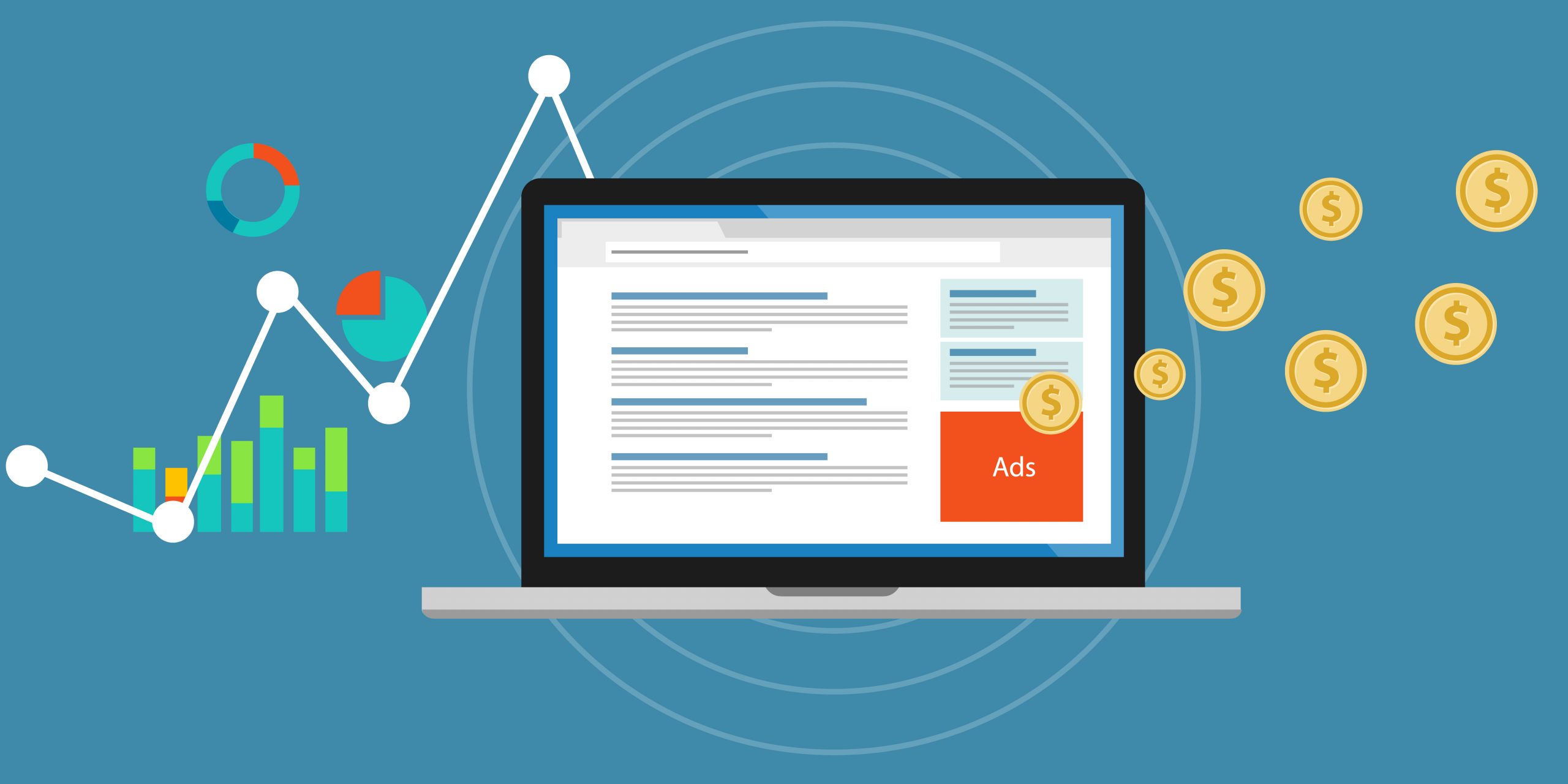
| Factor | CPA | CPL |
| Specific Action | Focuses on immediate sales or purchases | Focuses on capturing new leads |
| Buyer’s Journey | Target users ready to convert | Targets users early in the funnel |
| Lifetime Value | Ideal for high-value transactions | Great for nurturing relationships |
Evaluation of Specific Actions Vs. Someone Moving Through the Buyer’s Journey
CPA works best when you want users to take specific actions like making a purchase. CPL focuses on building relationships by capturing contact information early in the buyer’s journey.
One-Time Sales Vs. Lifetime Value
If you’re targeting one-time sales with immediate returns, CPA is more effective. For businesses aiming at long-term customer relationships and lifetime value, CPL is a better fit.
Hard Sale Vs. Product Or Service Education
CPA suits hard sales where users are ready to buy now. CPL allows time for educating potential customers about your offerings through email marketing or other channels.
CPL Vs CPA in Marketing Strategies

When to Choose CPL Over CPA?
CPL marketing is a great way to focus on generating new leads by collecting contact information like email addresses or phone numbers. This model works best for businesses aiming to build brand awareness or nurture potential customers over time.
If your product or service requires educating your audience before they make a decision, CPL campaigns are the best way to guide them through the marketing funnel.
For example, SaaS companies often use CPL to attract quality leads who may convert later. It’s also ideal when your goal is to create a pipeline of potential paying customers rather than immediate sales.
When to Choose CPA Over CPL?
CPA marketing is perfect for driving specific actions, such as purchases or subscriptions, where the advertiser pays only when the desired action is completed. This model is effective for businesses that want immediate sales and measurable ROI from their advertising campaigns.
If you’re running short-term promotions or targeting users who are ready to buy, CPA campaigns deliver higher results by focusing on conversions. It’s also a popular choice for businesses with a clear pricing model and products that don’t require much education.
For instance, e-commerce brands often use CPA campaigns to boost ad sales during seasonal offers.
Integrating CPA and CPL Strategies For Comprehensive Marketing

Combining both models can enhance your digital marketing strategy by addressing different stages of the buyer’s journey.
- Define a Lead and its Value: Clearly define what constitutes a lead and assign a monetary value based on its potential lifetime value or likelihood of conversion.
- Consider Flexibility: Use both models flexibly depending on campaign goals—CPL for lead generation and CPA for driving conversions.
- Capitalize On Buyer Intent: Segment audiences based on intent and align them with the appropriate model to maximize effectiveness.
Examples of Performance-Based Marketing

Google Ads

Google Ads is a popular choice for performance marketing, especially for search engine marketing. Advertisers use a cost-per-click (CPC) pricing model, where they pay only when a user clicks on their ad.
For instance, when someone searches for “marketing agency” or “digital advertising” on Google, the sponsored results at the top of the page are Google Ads. These ads help businesses target specific keywords and reach their target audience effectively.
Focusing on key metrics like click-through rates and conversion rate optimization, Google Ads ensures that advertisers only pay for measurable actions, making it a cost-efficient digital marketing strategy.
Social Media

Social media platforms like Facebook, Instagram, and LinkedIn offer extensive options for performance-based advertising.
Advertisers can create campaigns to generate leads, increase brand awareness, or drive immediate sales. These ads are displayed in users’ feeds and are often tailored to their behavior and interests using advanced targeting options.
For example, a SaaS company might run a CPL marketing campaign on LinkedIn to collect contact information from qualified leads. Social media marketing allows businesses to track campaign performance in real-time and adjust their marketing efforts for higher results.
Display Ads
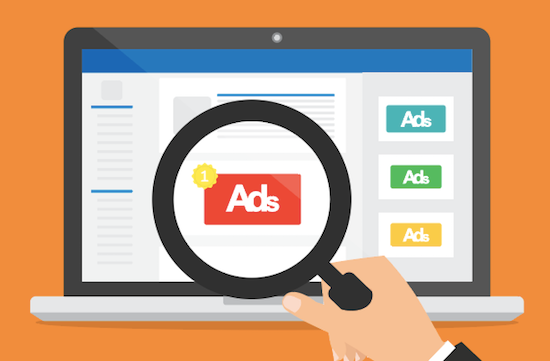
Display ads appear as banners, pop-ups, or videos on websites and apps, making them a versatile type of advertising. These ads use CPC or cost-per-mille (CPM) pricing models, where advertisers pay based on clicks or impressions.
For instance, an e-commerce brand might use display ads to retarget users who visited their website but didn’t make a purchase.
While display ads can have a lower conversion rate compared to other formats, they are effective in building brand awareness and driving traffic to landing pages. Businesses can optimize these ads with engaging visuals and A/B testing to improve the quality of leads.
Native Advertising

Native advertising blends seamlessly with the content of the platform it appears on, making it less intrusive than traditional ads. Examples include sponsored articles on blogs or promoted posts on social media platforms.
For instance, a financial services company might publish an informative article about investment tips while subtly promoting their services. Native ads use CPC or CPM payment models and are designed to match the look and feel of the surrounding content.
This type of advertising is a great way to capture user attention while enhancing the overall user experience, leading to higher engagement and conversions.
FAQ’s:
Which is Better For My Business: CPA Or CPL Marketing?
The choice between CPA and CPL marketing depends on your business goals. If you want immediate sales or specific actions like purchases, the CPA model is the best way to ensure measurable results.
On the other hand, if your focus is on lead generation campaigns to collect contact information and nurture potential paying customers, CPL marketing is more suitable. Both pricing models can be part of your digital marketing strategy for business growth.
What Are Key Metrics to Track in Performance-Based Marketing?
Key metrics to track include conversion rate, cost per lead (CPL), cost per action (CPA), click-through rate (CTR), and customer lifetime value.
These metrics help evaluate the effectiveness of your campaign and optimize your marketing efforts. Monitoring campaign performance ensures that your advertising models deliver higher results over a specific period of time.
How Does Performance-Based Marketing Align With Overall Business Goals?
Performance-based marketing aligns with business goals by focusing on measurable outcomes like lead generation, brand awareness, and immediate sales. It ensures that their marketing efforts contribute directly to customer acquisition and revenue growth.
Tracking key metrics such as campaign cost and conversion rates can help businesses make better marketing decisions that drive long-term success.
What Are Some of the Common Challenges in Implementing Performance-Based Marketing?
Challenges include generating quality leads, managing campaign costs, and optimizing conversion rates. Poor targeting or ineffective ad copy can lead to a lower conversion rate and wasted resources.
Additionally, balancing the cost of acquiring leads or actions with the lifetime value of customers is critical for maintaining profitability in digital advertising.
How Does Performance-Based Marketing Compare to Traditional Marketing Models?
Unlike traditional models that focus on impressions or reach, performance-based marketing emphasizes measurable actions like user clicks, form submissions, or purchases. Advertisers pay only for specific actions, making it a lower-cost option with higher ROI.
Traditional models are often less precise, while digital advertising under performance-based models offers better tracking and optimization opportunities.
Can Performance-Based Marketing Be Effective For All Types of Businesses?
Yes, performance-based marketing can work for most businesses if tailored to their target audience and goals.
For example, e-commerce brands can use CPA campaigns for immediate sales, while B2B companies might focus on CPL marketing to generate qualified leads. However, its effectiveness depends on factors like the pricing model chosen, the type of advertising used, and how well campaigns are optimized for conversions.
Conclusion
Choosing between CPA and CPL marketing depends on your business goals, target audience, and the stage of the buyer’s journey you want to focus on. CPA campaigns are ideal for driving immediate sales and achieving measurable ROI by paying only for specific actions like purchases or subscriptions.
On the other hand, CPL marketing is a great way to generate quality leads, collect contact information, and build relationships with potential paying customers over time.
Integrating both models into your digital marketing strategy allows you to address different objectives—whether it’s lead generation campaigns for nurturing prospects or CPA campaigns for immediate conversions. Optimizing your landing page, ad copy, and targeting ensures the effectiveness of your campaign while keeping campaign costs under control.
Ultimately, combining these pricing models allows businesses to maximize their marketing efforts, improve conversion rates, and achieve long-term business growth.

